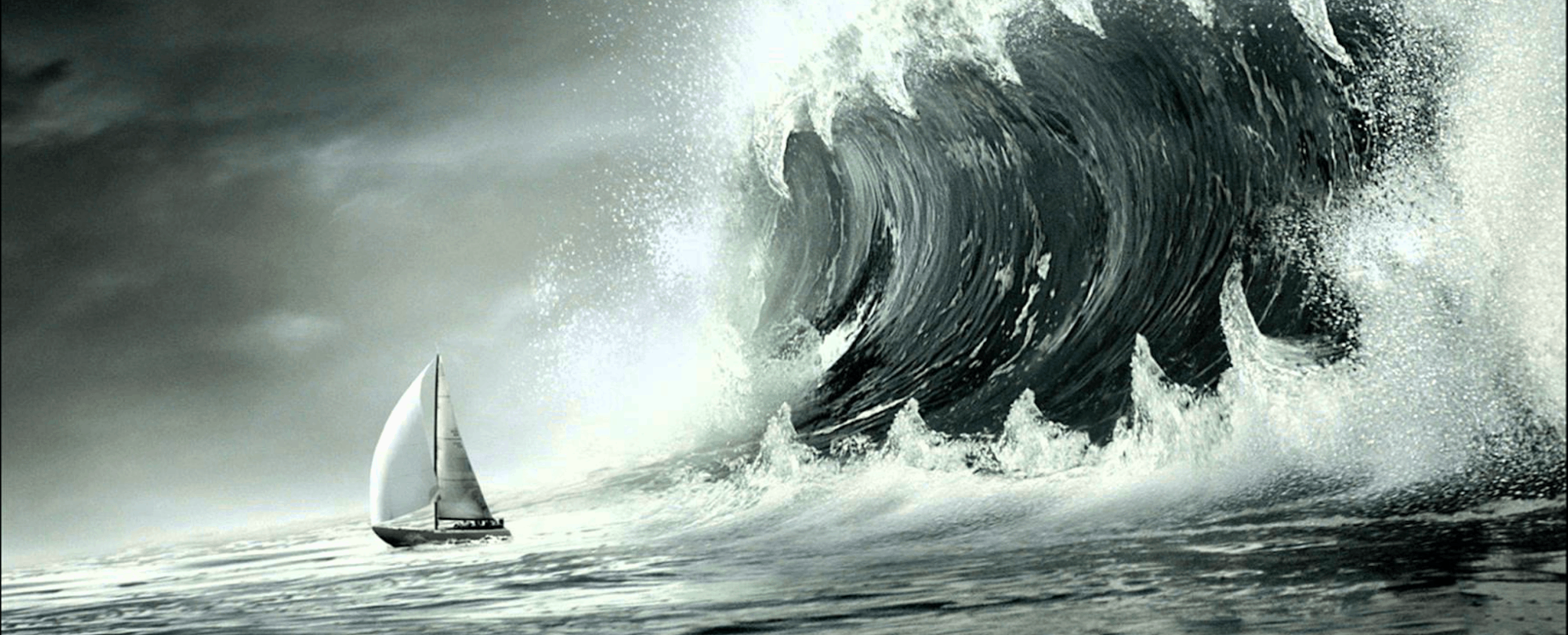Having the ability to find a link between your passion and your profession will make you better at both. That said, I often try to uncover the similarities between what we do in crisis communications and crisis planning with my passion for sailboat racing and long distance sailing.
I was recently watching a video about heavy weather sailing skills. The video is part of series published by Yachting Monthly magazine and features the highly regarded heavy weather sailor, Skip Novak, who talks about the critical elements in preparing for heavy weather sailing. I found with these points that there is a direct parallel between sailing and what we do professionally in crisis communications.
The five things that he talks about are:
- Preparing the deck,
- Expecting the worst,
- Securing loose items,
- Staying focused and understanding the weather,
- Practice
Preparing the deck:
It’s critical that you understand your capabilities. You need to know what you can do, what your team is capable of, and the values and chain of command of your organization. By preparing your deck, you can prepare your organization for the inevitability of a crisis and have confidence that everything will be fine. When the time comes, you will be ready to execute your plan by responding faster and staying closely aligned with your mission and values.
Expecting the worst:
No one wants to go through a reputation crushing crisis, no more than someone would want to go through a swirling hurricane in the North Atlantic. However, if you plan and prepare as if it is inevitable, you will be in a better state of readiness than those who think it won’t happen to them. By expecting the worst, thinking about different possible outcomes, watching those around you and the implications that heavy weather has caused on their organization, you can be better prepared. You can start doing this by talking with your operational, legal and risk colleagues about the worst.
Secure your loose items:
There are risks and vulnerabilities within every organization across the globe. Similarly, there are loose items on your deck that can come dislodged and create a significant disruption within your organization and how your organization reacts. Securing those loose items, talking to the operations team, involving your legal team, and ensuring there is a real understanding of the things that could break off and cause you damage, are all things that should be done before the storm hits. Understanding your risks while the sun is out, before a crisis hits, and knowing what you can to do to prevent or respond to them is critical.
Weather planning:
Understanding the weather in heavy weather sailing is certainly important. Same goes with understanding the environment that you’re operating in from a crisis communications standpoint. Some crises turn off the coast never making landfall. Some crises hit you as a category 5. Both of which have everything to do with the environment that you’re in during any given situation. It also has to do with the way you get information and prepare. In heavy weather sailing, you have to make decisions about how you’re going to get your weather information. You can do it yourself by looking at downloaded satellite files and by listening to the VHF radio reports from the weather service. Or you can hire an outside consultant, a weather router, someone who can actually route the course for you based on their expertise.
Whatever you decide as a heavy weather sailor, you need to get information and decide how to use it. For example, in crisis communications, there are many platforms for social media monitoring that allow you to see the social landscape. You can also hire an outside consultant who can work with you and help you in planning exercises, or you can simply learn by what other organizations are doing around you.
Practice:
Lastly and perhaps most importantly is the need to practice. Simply put, if you’re going to be a good heavy weather sailor, you need to have sailed in heavy weather. The first time you do it shouldn’t be the only time you’ve done it, because that’s a significant recipe for disaster – the same goes for crisis planning and crisis readiness. Use it as an opportunity to sit your team down and do some drills or simulations to understand what’s necessary for your response when the time comes.
The best way to survive heavy weather is to make sure you’ve prepared your deck, that you expect the worse, you’ve secured the things that can break, you know how to understand the environment and the weather, and you’ve practiced it in advance. Those are very similar parallels to getting your organization ready for crisis situations.


